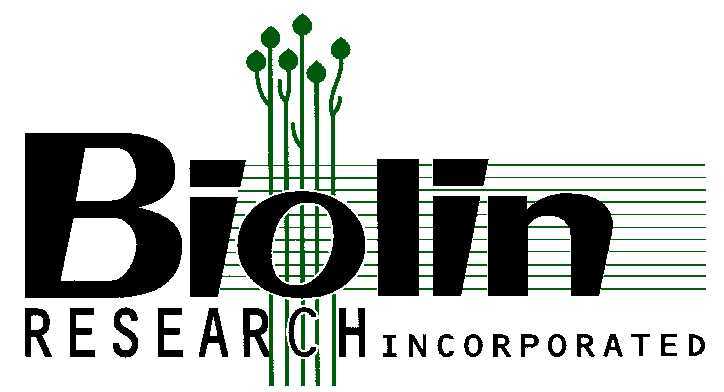Background
Biolin Research Inc. began as a research facility with the goal of producing value-added fiber from flax grown in the Prairie provinces of Canada. It has morphed into a privately owned company, under the leadership of Alvin Ulrich, with the purpose of processing and marketing the products available from all portions of the flax straw. This includes both the fiber and the shive produced in the processing of flax straw through their extraction from the straw.
Flax fiber has historically been used for making linen and for specialty paper. These continue to be major uses for flax fiber today and there has been an increase in other uses such as plastic composites, insulation and automotive industries.
The shive that is produced, as a by-product of the fiber extraction, has commercial uses such as animal bedding, plastic filler, mulch, weed suppression and burning.
Biolin's mission is to utilize 100% of the flax straw for commercial end uses so that the straw, traditionally burned or chopped in the fields by farmers, becomes a viable and profitable product, completing the natural recycle circle. By using all portions of the flax plant, there is am increased market for the farmer (more income) as well as encourages "green" uses of a valuable resource.
With support and funding of the Saskatchewan Flax Development Commission and various provincial and federal government agencies, as well as private funding, Biolin has conducted over a decade of research in field, lab, marketing and processing trials with the goal to optimize value from growing, harvesting and processing flax straw. This has resulted in an increasing knowledge that the Canadian Prairies has the potential to produce a wide range of flax that has fibers suitable for fibers including fibers for spinning, plastic composites of various types, insulation, geotextiles, specialty paper and other more.
Accomplishments to Date
-
It has been determined through field trials that how flax is seeded, grown and harvested has a far greater effect on the quantity and quality of fiber produced than does the genetics of the flax being grown.
-
Increased acceptance by government and private sectors that full-plant utilization of flax offers a range of profitable value-added activities that use flax straw, fiber and/or shive as an input. These include shive processing, insulation making, fire-log production, plastic composites and high-end fiber production.
-
Potential North American users are now making inquiries and requesting sample lots of fiber and shive to carry out research into potential innovative and "greener" products.
-
Increased interest by Chinese spinners in Prairie flax as a new source of flax spinning fibers.
-
Increased awareness by farmers as to the potential for higher returns from flax crops if new agronomic practices are adopted.
-
A growing knowledge base on how to significantly increase straw and fiber yields in oilseed flax without decreasing seed yields.
-
Establishment of laboratory testing facilities which allow a variety of testing to be done on flax straw and fiber (e.g., fiber content, shive content, fiber diameter distributions, fiber length, fiber kink and crimp).
-
Greatly expanded R&D by both private and public North American based institutions and companies into new high value products that can be made with flax straw, fiber and shive.
-
An increase in number of people being trained in various expertise aspects needed to make such industries viable and profitable (i.e., how to run testing and processing equipment; how to chose the best processing options; what constraints need to be overcome to produce certain end-products)
-
Development and extensive use of a Near-Infrared system to estimate the true bast fiber content of intact flax stems.
-
On-going development of new and/or improved ASTM (American Society for Testing and Materials) test methods, protocols and definitions that are needed to turn organoleptic (i.e., touch and feel) grading methods into quantitative methods that are efficient, inexpensive, reliable and necessary to turn Canadian sourced flax fiber into a large-scale industry with many commercial users.
-
Development of pilot plant facilities that now allow the production of commercial scale test lots of a variety of fiber and shive types.
-
Growing levels of shive and fiber sales to individual and institutional customers. |

